The history of the invention of the tape recorder
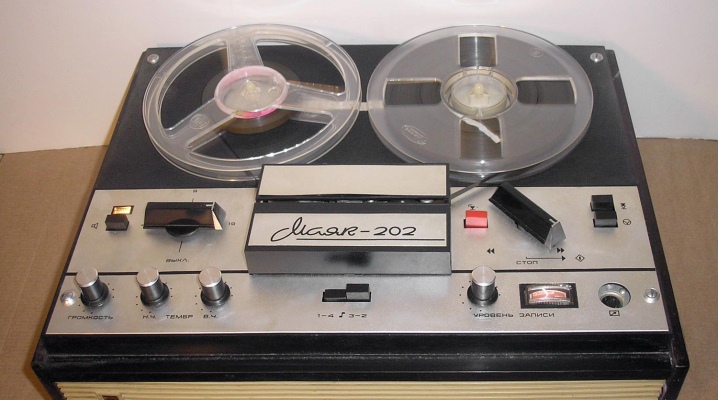
A tape recorder is a device for recording and playing sound. In Soviet times, such a device was very popular and was found in almost every home. However, despite such a widespread use of tape recorders, not all of us know about how the unit was invented.
In today's material, we will help you answer the questions about when and by whom the tape recorder was invented, what its predecessors were like, what were the first models of tape recorders.


When was it invented?
Historically, the process of creating a tape recorder took quite a long time. So, for the first time, the tape recorder appeared only 40 years after the first attempt to record sound was made. The very first attempt to invent the unit itself took place in the middle of the 19th century, namely, in 1857. It was done by L. Scott.
At that time, the inventor created the so-called phonautograph. With this device, a visible sound scheme was created, but it should be noted that it was not reproduced. The needle of this unit perceived sound vibrations, and therefore the values were displayed on a special cylinder in the form of a curved line.
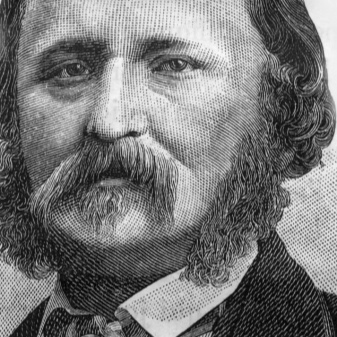
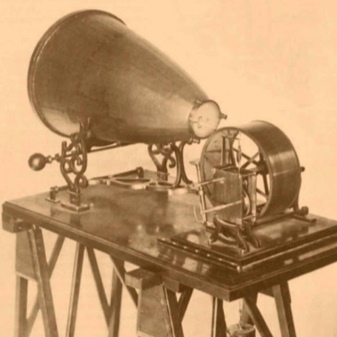
The next most important date in history is 1877. The phonograph was created this year. With this device, sound could be recorded and played back. If we talk about the design of the phonograph, it is important to note that its basis was a torque shaft, which was wrapped in foil and covered with wax. A needle passed along the surface of the shaft, while creating special grooves, and also at this moment a sound was made outside. However, the phonograph did not last long, since its design was not reliable enough.
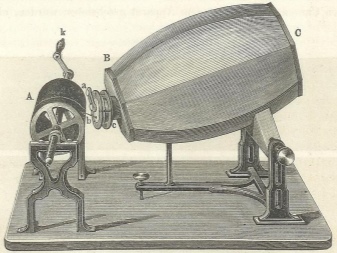
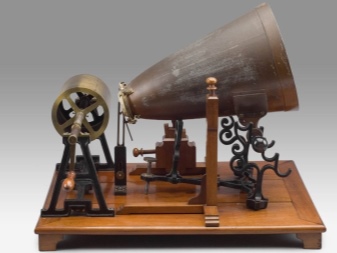
Ten years later, in 1887, the gramophone was invented, the device of which was very similar to that of a phonograph. However, the needle did not pass over a specialized torque shaft, but over a round celluloid plate.
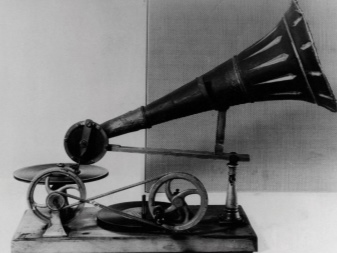
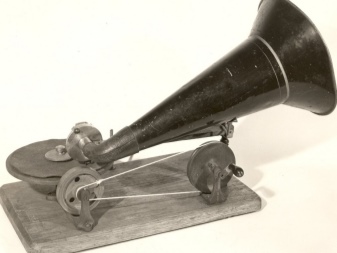
All these events became the prerequisites for the creation and appearance of the tape recorder as we know it today. Scientists from all over the world worked on the invention of the device. However, often thanks to their efforts, other devices appeared, which were named and functioned differently.
If we talk about the immediate date of the invention of the tape recorder, then this historically important event took place on December 10, 1898.
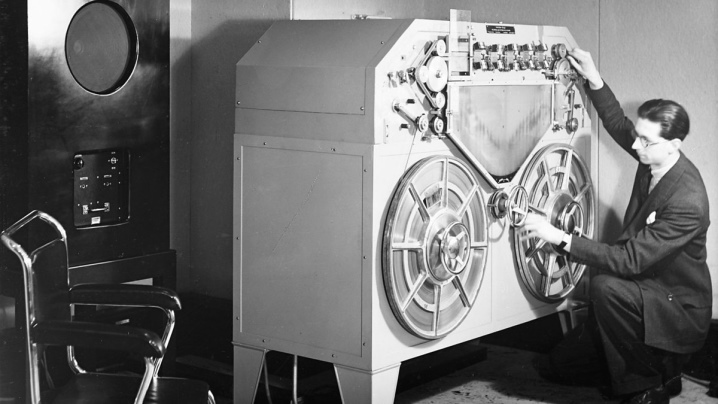
Who invented?
The merit of creating a tape recorder belongs to the Danish specialist Voldemar Poulsen. Actually, contrary to popular belief, this device was not invented on purpose, but by accident. The thing is that Voldemar Poulsen wanted to play a prank on his friend and record an echo on the device. He managed to bring his idea to life, simultaneously inventing a tape recorder.
So, Voldemar Poulsen reviewed Smith's publication in The Electrical World. However, he slightly modified Smith's ideas. To create the device, he took cotton thread, steel sawdust and metal wire. At that time, the engineer called his invention a telegraph. He became the progenitor of the modern tape recorder.
Over time, this device has been modified. In 1925, sound was recorded on the device by means of an electric microphone, compact in size.
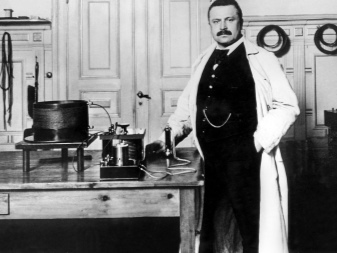
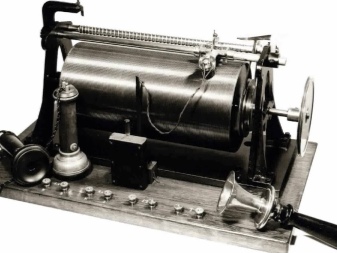
Scientists began to put forward a wide variety of ideas:
- using bias current to improve sound quality;
- replacement of steel tape with paper or plastic, but metal-coated analog;
- use of ring-shaped recording heads.
Thus, a large number of specialists were involved in the creation of the device: Pfleumer, Schüller, Karmas and others.

Characteristics of predecessors
The invention of the tape recorder did not happen immediately. Several prototypes preceded the modern arrangement.
Telegraph
The telegraph is the first tape recorder in history. The design of the telegraph (now known as the tape recorder) consisted of a wire and a cylinder. In this case, the wire was wrapped around the cylinder. The cylinder itself carried out circular movements like a clockwork. It should also be borne in mind that instead of an ordinary wire, Voldemar Poulsen used a piano string.
It is obvious that such a mechanism had a number of disadvantages. So, it was quite voluminous in size, and also required a fairly large amount of wire for its work, since the consumption itself was huge. For example, we can give the following figures: in order to record 20 seconds of sound, it was necessary to spend about 50 meters of piano strings.
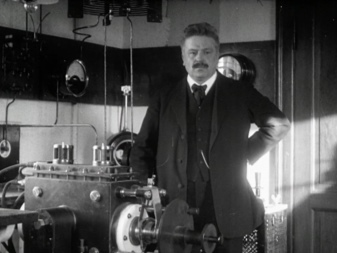
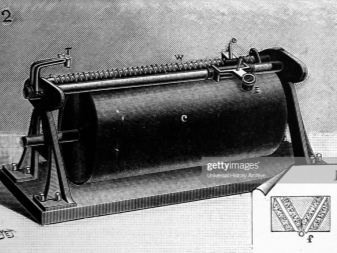
The accidental invention of Voldemar Poulsen from Denmark made a splash all over the world. This invention has received prestigious awards and grand prix at international competitions. After the scientist's work was widely publicized, he began to improve his "brainchild". Poulsen invented a model consisting of bobbins and thin tape. This design turned out to be much more efficient and more reminiscent of modern tape recorders.
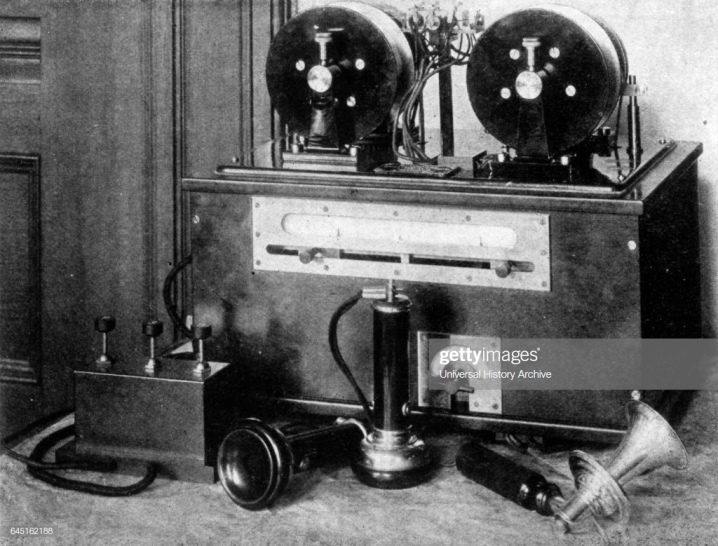
Shorinophone
This device was created by our compatriot and named after him. Shorinophone was released in 1931.
This unit can be classified as portable devices. To record or play sound, you must insert a tape cassette into it. This tape must be looped back. The recording process takes place thanks to a special element - the so-called cutter. It carries out vibrational movements and applies a sound groove to the celluloid.
If we talk about the numerical characteristics of this device, then we can note the fact that about 4 hours of sound can be recorded on a film, the length of which is 150 meters.

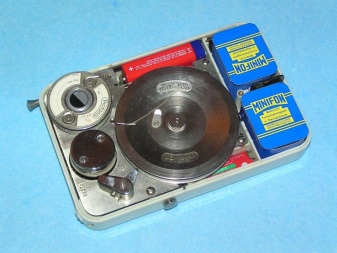
What were the first tape recorders?
The development of tape technology continues to this day. So, reel and cassette devices were replaced by digital devices. The very first models of tape recorders are presented below.
Reel-to-reel
This device works thanks to a special magnetic tape. It should be borne in mind that this tape is wound on spools, which can be made of both metal and plastic. In common parlance, these coils are often called bobbins.
During the Soviet era, there were several classes and categories of such devices. For example, for professional sound recording in a studio, large units were used. They allowed you to record sound at a fairly high quality. At the same time, there were also more compact models suitable for home or personal use.
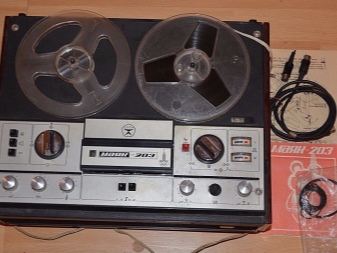
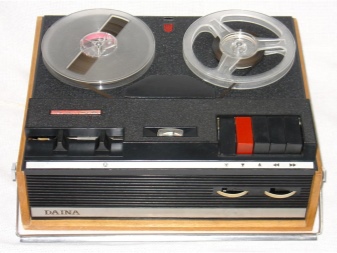
The most important positive characteristic of these devices is the high quality of sound recording and reproduction. At the same time, there was no need to use additional technical devices or have deep specialized knowledge.
Among all reel-to-reel tape recorders, multitrack devices stand apart. The number of tracks in such units in the minimum configuration is 8 pieces.
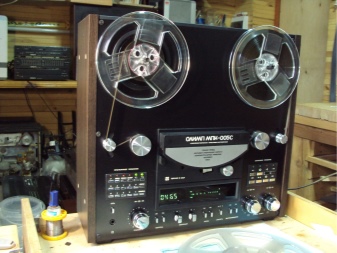
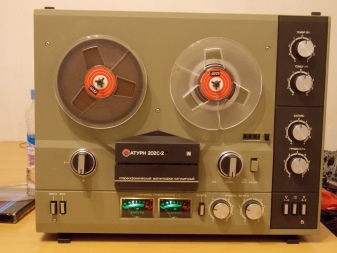
Cassette
Cassette recorders emerged as engineers constantly worked to improve the operation of magnetic tape.So, at some point, the idea arose of combining several reels of tape into a single body, which was named "cassette". Cassette tape recorders went into mass production in the 60s of the XX century. Philips was the pioneer in this area.
You may notice a lot of noise when you play back recorded sound with a cassette recorder. This disadvantage (in comparison with bobbin-type devices) can be explained by the fact that the thread pulling speed is rather low. In addition, the structure of the magnetic tape is highly heterogeneous.
To eliminate this disadvantage, special systems were used to suppress unwanted noise.

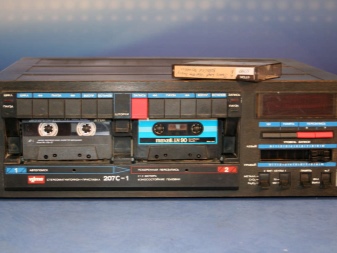
Portable
This type of tape recorder has become widespread due to its compact size and functional saturation. Such devices were used as voice recorders (for example, by journalists during interviews), as well as for on-site music recording and some other purposes.
Thus, even at the very beginning of the development of sound recording technology, namely tape recorders, there were several varieties of such devices. This variety is due to the fact that they were designed for different purposes. In addition, some of the models are improved versions of previously released devices.
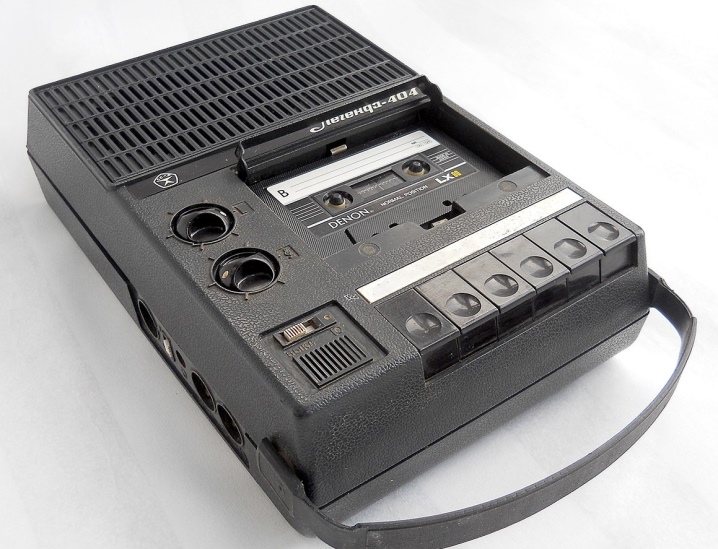
Modern development of technology
Currently, the most popular and widespread type of tape recorder is the Digital Audio Tape and Digital Compacy Cassette. The operation of these devices is based on signal coding. It is converted to digital binary code. Through these devices, you can carry out high-quality multichannel recording and sound reproduction without random interference.
However, despite the development of technology, you can find reel-to-reel tape recorders. For example, these devices can be used in recording studios. At the same time, multitrack tape recorders are taken for professional use. They allow you to record individual sounds, change their configuration (for example, volume). At home, conventional cassette units can be used, which reached their peak during the Soviet era.
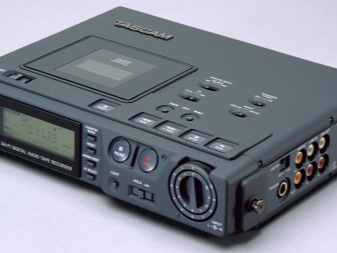
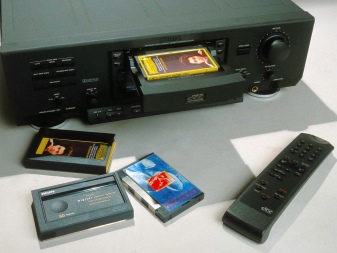
Thus, we can conclude that the history of the creation, development and transformation of the tape recorder is quite long and interesting. A familiar household device has gone through a large number of stages of its development before becoming a popular mass product.
For the history of recording, see the video below.













The comment was sent successfully.